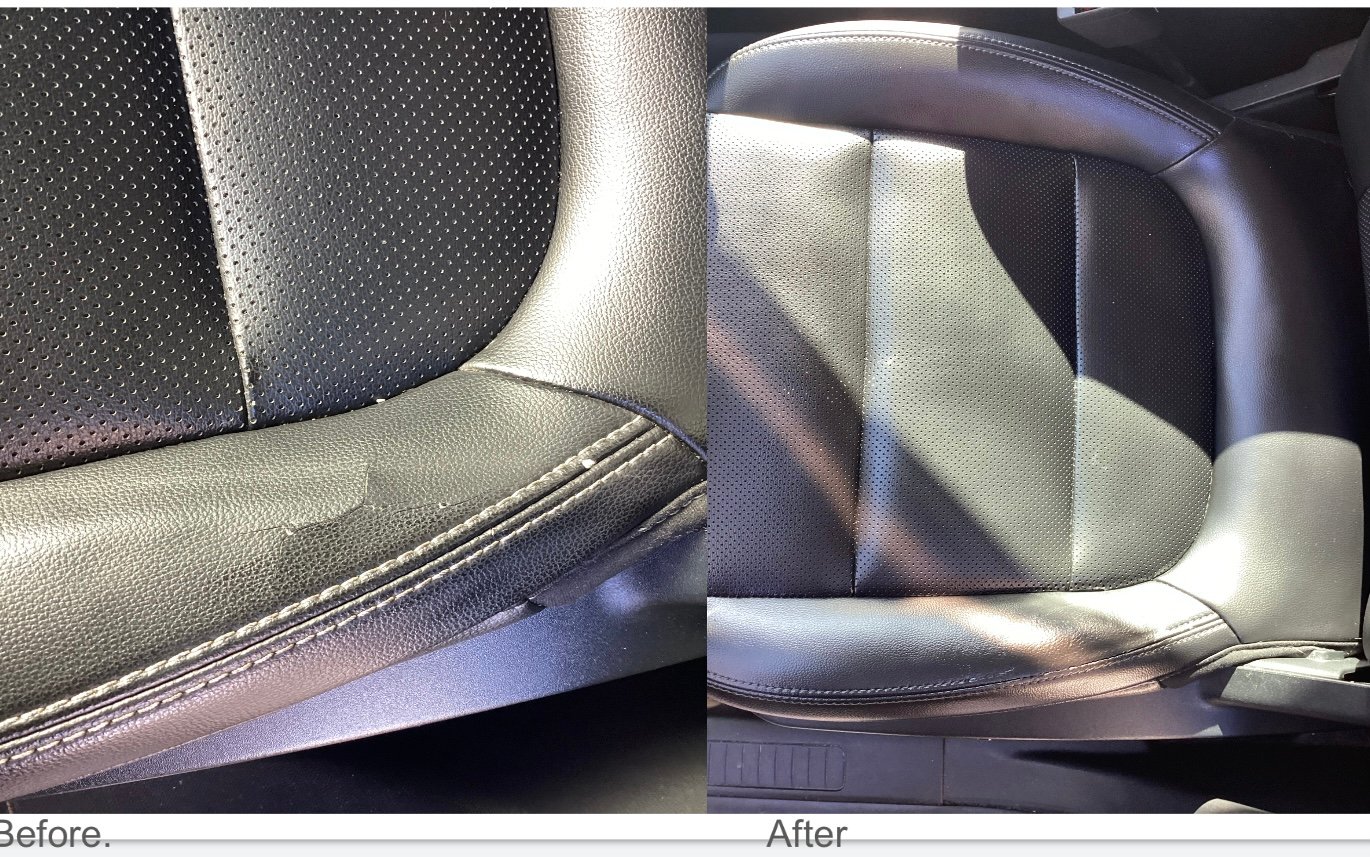Change Your Area with Professional Upholstery Repair Solutions
Change Your Area with Professional Upholstery Repair Solutions
Blog Article
The Ultimate Guide to Upholstery Repair Work Methods
In the realm of furnishings upkeep, the art of upholstery fixing is an ability that can breathe brand-new life into damaged pieces and preserve valued valuables. Stay tuned as we untangle the ins and outs of this craft and unveil the keys to grasping furniture repair service techniques that will certainly elevate your furnishings remediation undertakings.
Assessing Upholstery Damages
When assessing upholstery damages, it is crucial to conduct an extensive exam to accurately identify the degree of the problems existing. Begin by aesthetically evaluating the upholstery for any visible splits, splits, discolorations, or staining.
Next, evaluate the underlying structure of the upholstery to look for any kind of damages to the structure, springtimes, or cushioning. Often, the damages may not be right away visible on the surface but can significantly influence the total stability of the upholstery. By thoroughly examining both the exterior furniture and inner elements, you can guarantee that all issues are recognized and appropriately attended to throughout the repair work procedure.
Additionally, take into consideration the sort of upholstery product made use of as different fabrics and natural leathers may require details repair service strategies. upholstery repair. Comprehending the material residential properties will help in picking the most suitable repair approaches and items to achieve optimal outcomes
Necessary Tools and Products
To properly perform furniture fixings, having the appropriate devices and products is paramount for achieving professional outcomes. Essential tools for upholstery repair include a staple weapon for protecting material, furniture needles and thread for sewing, scissors for reducing textile, a rubber club for touching in furniture components, and pliers for removing old staples and nails. By ensuring you have the necessary devices and products before starting an upholstery repair task, you can function effectively and successfully to bring back furniture to its previous splendor.
Preparing the Furniture Surface
Prep work of the furnishings surface is a vital first action in making certain the successful outcome of any kind of furniture repair work project. Prior to beginning any repair, it is vital to thoroughly cleanse the furniture surface to get rid of dust, dust, and any type of other particles that could disrupt the bond of new products. This can be done using a hoover, a soft brush, or a moist cloth, relying on the type of furnishings and the extent of dust present.
As soon as the surface area is why not look here clean, any kind of loosened or broken furniture material, cushioning, or springtimes should be meticulously removed. This action is important to make certain that the new products adhere safely and that the repaired furniture maintains a professional and smooth appearance. In addition, any old staples or tacks need to be pulled out, and the surface area needs to be checked for any architectural damages that may need to be resolved prior to waging the repair.

Repairing Holes and tears
After making sure the furnishings surface area is without dust, debris, and dirt and getting rid of any kind of broken or loosened furniture products, the following action in upholstery repair work includes attending to splits and holes in the fabric. Repairing tears and openings in furniture can aid expand the life of your furniture and restore its aesthetic appeal. One usual approach for dealing with tiny rips and openings is by utilizing a needle and thread to sew the sides of the damaged area back together. For bigger rips or holes, a spot of fabric can be utilized to cover and enhance the damaged section (upholstery repair). Material glue or adhesive can also be made use of to protect the patch in place. It is necessary to meticulously match the shade and texture of the spot textile to the original furniture for a smooth repair work. Once the tear or opening is repaired, ensure that the location is effectively cleansed and dried out before check my source making use of the furniture again to protect against any kind of additional damages.
Getting Rid Of Smells and stains
Resolving persistent spots and lingering smells in furniture needs a targeted and comprehensive approach to make certain effective reconstruction of the material's appearance and quality. Spots can be caused by numerous compounds such as food spills, animal crashes, or drink mishaps, while smells commonly stem from smoke, animal dander, or spills penetrating the furniture fibers. Regular upkeep and timely focus to spills can help in preventing deep-rooted stains and odors, maintaining the upholstery's problem.

Conclusion
Finally, understanding upholstery repair strategies needs careful evaluation of damage, additional resources making use of necessary tools and materials, appropriate prep work of the furnishings surface, and the skilled fixing of tears, holes, odors, and discolorations. By complying with these steps, people can properly restore and prolong the life of their furniture.

Necessary tools for upholstery repair work include a staple weapon for safeguarding material, upholstery needles and thread for sewing, scissors for reducing material, a rubber mallet for tapping in furniture parts, and pliers for getting rid of old staples and nails. By guaranteeing you have the required tools and products prior to starting an upholstery repair project, you can function successfully and properly to recover furnishings to its previous splendor.
Prep work of the furniture surface area is a vital initial action in ensuring the effective outcome of any type of upholstery repair project.After guaranteeing the furniture surface area is cost-free of debris, dust, and dirt and getting rid of any kind of loosened or broken furniture materials, the following step in furniture repair work entails dealing with rips and holes in the textile - upholstery repair. Repairing rips and holes in furniture can help prolong the life of your furniture and restore its visual appeal
Report this page